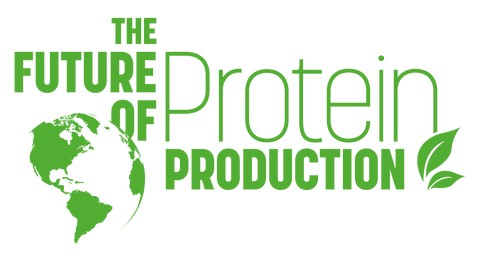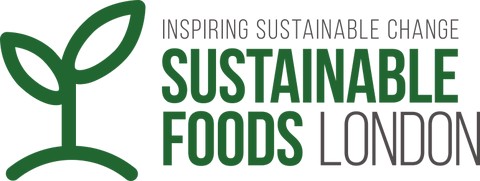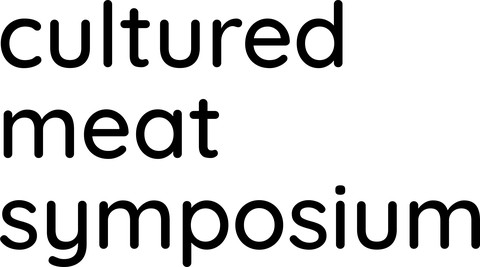From Circuits to Cells
November 3, 2021 - 7 min read
This is a Student Essay Contest 2021 runner-up. Nam Tran is a Biophysics PhD candidate in the Department of Physics and Astronomy at Swinburne University of Technology.
All meat is made from small biological machines called cells. Cells naturally grow in living organisms, like cows and sheep. As such, for most of human history, our way of obtaining cells for meat consumptions has been through animal agriculture. However, with the increasing demand for meat, animal agriculture had to industrialise on scales never seen before. This has led to new problems such as biodiversity loss and antimicrobial resistance. With developments of modern technology, cells can now be grown within lab cultures. Cultured cells are just like their animal counterparts – having the exact same appearance, structure, and function. As such, they too can be used to make meat for our everyday consumption. The farming of cultured cells for meat is known as cellular agriculture and offers potential solutions to problems encountered by our modern-day industrialised animal agriculture. However, these proposed solutions are not without their own challenges. One such challenge is cell optimisation — the task of growing cells faster and more efficiently. The inner workings of cells are often represented by signalling circuits, like that in Figure 1. Signalling circuits have vulnerabilities. These vulnerabilities allow us to potentially influence cellular outcomes and fates. My research attempts to understand and predict where these vulnerabilities may lie in different circuits. For short, let us call this “circuit analysis”. Circuit analysis helps tackle the cell optimisation challenge by providing: predictions, biological insights and avenues into more “natural” optimisation methods.
Figure 1: A signalling circuit, representing the internal processes of a cell.
Circuit analysis provides predictions of optimal cell behaviour. One way it does this is by quantitatively interpreting signalling circuits. Much of our understanding of the molecular processes occurring within cells come from diagrams called signalling circuits. Signalling circuits are like blueprints to the cell. They give us a qualitative description of what and where different processes occur — including processes important to farming cells like growth and proliferation. Therefore, to maximise our cell harvest while minimising resources spent, we must optimise these respective molecular processes. However, the qualitative description offered by circuit diagrams do not provide enough information to do so. Optimisation requires a quantitative description, rather than qualitative. Circuit analysis does just this. It transforms circuit diagrams into mathematical equations that tell us the conditions needed for optimum performance. These equations serve as predictive tools for minimising time and resources spent on culturing cells. Another way circuit analysis predicts optimal cell behaviour is helping design new circuit architectures. When a cell fails to behave in a desired way, we may need to modify its internal circuitry so that it exhibits desirable behaviours. Thus, if a cell takes too long to grow or consumes too many resources, it may need to be enhanced by modifying its circuitry. This modification requires knowing the right circuit architecture corresponding to the efficiency we desire. Fortunately, this can be calculated. Signalling circuits are like Lego. Similar to how smaller blocks can be assembled into larger blocks of desired architecture, smaller circuits can be connected into larger circuits of desired optimum conditions. Knowing the equations of two separate circuits means you know the equation of their connected pair. Knowing the equations of three separate circuits means you know the equation of their connected triplet, and so on. One can therefore obtain the equations, and hence predict the optimal conditions, for any circuit architecture required using only precursor knowledge of smaller circuits from circuit analysis. That is, circuit analysis provides building blocks to predict optimal conditions of new circuits. By allowing us to predict optimal cell behaviour in existing and new signalling circuits, circuit analysis can help farm cells faster and more efficiently.
Figure 2: Going from circuit (left) to equation (centre) to prediction (right).
Circuit analysis can provide useful biological insights for cell optimisation. One example of this is with EGF-stimulated cells. EGF is a protein often associated with triggering cell proliferation. Stimulating a group of cells with EGF can help speed up their population growth and, hence, the harvest time for cells in a culture. However, for rat adrenal cells, EGF has been observed to trigger cell death in certain dosages [1]. This would present a problem if one were to try speed up cell production using EGF and end up doing the opposite. To explain this contradictory behaviour, my research attempts to study two special signalling circuits called the ERK pathway and the Akt pathway. These pathways are not unique to rat adrenal cells. They are common to a variety of cell types across many different species, including those in the meat we consume. As such, if we can identify the vulnerabilities causing cell death in these signalling circuits, then it may provide insight into how we can avoid triggering death when attempting to speed up population doubling time. A faster doubling time will mean less resources spent on running the bioreactor. As such, circuit analysis is a key to unlocking biological insights for optimisation applications.
Lastly, circuit analysis provides avenues into more “natural” optimisation methods. Cultured meat, by itself, already suffers from unacceptance due to its perceived unnaturalness and evoked disgust [2,3]. As beneficial as genetic modification can be for nutrition and food quality, adding GMO to the name may only deter hesitant consumers even more. To sway this target audience away from traditional meat and towards cultured meat, non-GMO cultured meat is perhaps the best compromise. This, however, takes away all the optimisation tools offered by tweaking the internal cell circuitry. Fortunately, noninvasive optimisation is still an option. One way circuit analysis helps with this is by exploiting signalling circuits connected to the cell surface, as opposed to the genes within the cell nucleus. A connection to the surface often means an interaction with the outside environment. This allows us to control cellular processes via external stimulation at these surface connections, like illustrated in Figure 2 (above). As an example, consider the ERK pathway mentioned earlier. The noninvasive method to activate the circuit would be to expose the cell surface to EGF and let that trigger the circuit, whereas the invasive method would be to probe into the cell and manually activate the proteins inside. If we can figure out how to obtain the same optimisation effect as genetically modifying a signalling circuit, from only clever use of external signals outside the cell, then we can avoid labels like that deter consumers like “GMO”. It is perhaps unlikely that “natural” and “unnatural” optimisation can achieve the same results, but it is a candidate bridge between traditional meat and “engineered” meat. Circuit analysis provides potentially useful tools for this bridge.
To solve the challenges of cell agriculture, we need to tackle the cell optimisation problem. Studying signalling circuits and identifying their vulnerabilities, offers an approach to optimising cells. It does this by providing three things: quantitative tools to predict conditions of optimal cell behaviour, biological insights for cell optimisation methods, and avenues for understanding “natural” optimisation. Achieving cell optimisation allows us to increase resource efficiency and scale up production. This in turn means more sustainable and affordable meat, encouraging the displacement of meat from our current unsustainable industrialised animal agriculture methods – freeing up land to restore biodiversity and mitigating the risk of practices that lead to medical issues like antimicrobial resistance.
References
[1] Ningsih, Z. and Clayton, A.H., 2020. Does frequency-dependent cell proliferation exhibit a Fano-type resonance?. Physical biology, 17(4), p.044001.
[2] Siegrist, M. and Hartmann, C., 2020. Perceived naturalness, disgust, trust and food neophobia as predictors of cultured meat acceptance in ten countries. Appetite, 155, p.104814.
[3] Laestadius, L.I. and Caldwell, M.A., 2015. Is the future of meat palatable? Perceptions of in vitro meat as evidenced by online news comments. Public health nutrition, 18(13), pp.2457-2467.


















